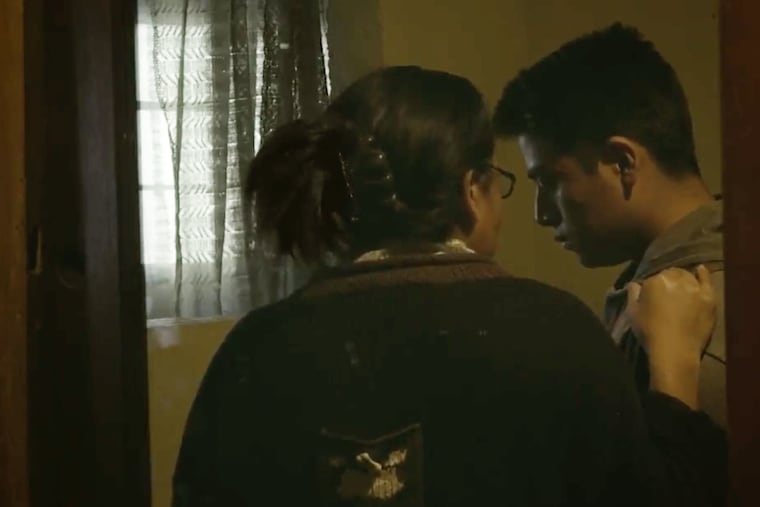What’s new at this year’s Philadelphia Latino Film Festival?
The festival, from May 30 to June 2, will screen work from Venezuela, Colombia, the Dominican Republic, Cuba, Brazil, Nicaragua, Puerto Rico, and the U.S., including the Guatemalan feature José, the first Central American film to be showcased at the Venice Film Festival.

This year’s Philadelphia Latino Film Festival, a four-day lineup of 38 films, shorts, and documentaries by Latino filmmakers, features a new work-in-progress lab, a Venice Film Festival pick, and, at the request of the community’s creative folks, more filmmaker workshops.
The festival, from May 30 to June 2, will screen works from Venezuela, Colombia, the Dominican Republic, Cuba, Brazil, Nicaragua, Puerto Rico, and the United States, including the Guatemalan feature José, the first Central American film to be showcased at Venice.
The work-in-progress lab centers on immigrant rights, as two filmmakers — Kristal Sotomayor and Melissa Beatriz — present their documentary ideas and the challenges they’ve faced trying to produce them.
U.S. immigration policy also gets attention in the festival’s opener, Room 140, about immigrants who stay at a motel the night after being released from a detention center.
Marángeli Mejía-Rabell, the festival’s director for five years, wouldn’t pick a favorite among the event’s offerings.
"They all speak to who we are as people: how we love, how we fight, how we respond to certain issues.”
She talked to us about the festival, which attracts people from Pennsylvania, New Jersey, Maryland, and New York. (All screenings will take place Friday through Sunday at Caplan Recital’s Terra Hall, 211 S. Broad St. For a full schedule, go to www.phlaff.org/)
What’s new this year?
“We have expanded our capacity of filmmaker workshops, because the community of creatives asked for these kind of spaces. So this year, we have workshops for actors, broadcasters, and filmmakers to speed-date and network, and others on practical skills: how to get the content, improve the cinematography, what are the dos and the don’ts, how to distribute the content, how to pitch and present an idea. There will be talks and labs about citizen filmmaking — working with communities to create film — platforms to be representative within Latino communities, and the challenges, needs, and ways people can support creative work.”
What are the hallmarks of your festival leadership?
“In the last five years, the festival has been centered on looking at film as a tool for social change, that’s why it’s heavy on documentary and narratives of social issues.”
“The festival has also been rebranded. We [changed] from being the Filadelfia Latino Film Festival to validating and promoting our representation in the market as part of Philadelphia. Because the city is our barrio.”
How do the films relate to bigger-picture events going on in the world?
“The team always starts the festival’s production with a conversation about what the climate is in Latin America and in the U.S., and we go about finding ways to break the Latinx silence in the industry. So it’s a cross-cultural dialog on colorism, immigration, LGBTQ rights, resilience, power, justice. These talks give form to the festival’s programming that puts the spotlight on short films and artwork that addresses issues around the community.”
What is the team looking to accomplish with this year’s programming and selections?
“We have been curating an experience that will take our audiences on a journey that feels more like a dance: Based on the intersection between film and music, we present a lineup that tells personal stories of our people and our culture that can show our guests the critical role that the Latino creative economy plays in the region and nationally.
“We want to build a space of community for creatives because it exists for awhile now, but we want to make that much-needed connection so the community can develop, collaborate, and support each other.”